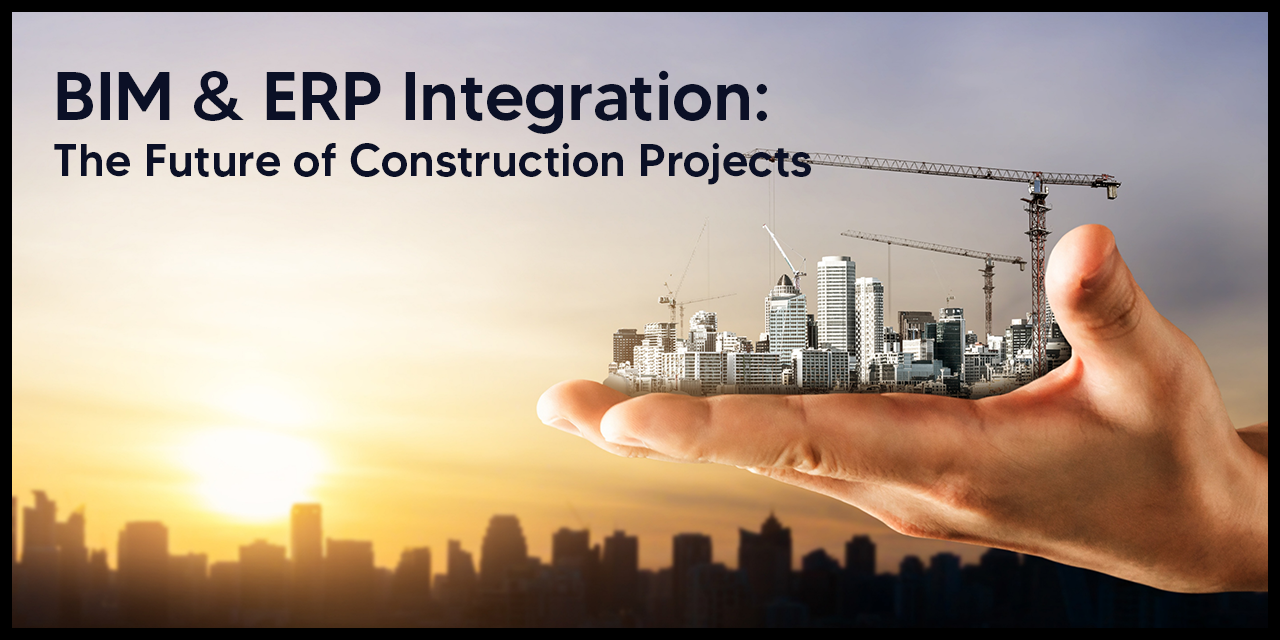BIM & ERP Integration: The Future of Construction Projects
Sustainability is a paramount factor in the present construction industry which enhances the quality of life thus allowing people to live in a healthy environment and to improve social, economic, and environmental conditions for present and future generations. BIM (Building Information Modelling) & ERP (Enterprise Resource Planning), the integration of these two leads to the sustainability of the projects according to the current literature. It is identified that there is a significant impact on sustainability by integrating ERP and BIM together than implementing them separately.
BIM is a concept that uses digitalize and parametric form design to build an integrated module. On the other hand, ERP is a concept which integrates all business operations into one place. Thus, at the design stage, BIM is capable of creating sustainable design while in the operational phase ERP is capable of carrying out the operation properly. Therefore, the combination of this BIM and ERP provides the best practices for construction organizations.
It can be recognized that ERP and BIM integration will be a novel experience for construction companies. While BIM allows constructing a building virtually inside a computer, ERP will help in understanding how much it will cost and how to account for it. A BIM model includes every element along with geometric and parametric information, provides an accurate quantity of materials, and takes the guesswork out of cost estimating. It will generate a bill of quantities (BOQ) automatically and produce accurate material quantities. On the other hand, ERP takes it from there and handles operations in inventory, invoices, and financial reporting efficiently with lower cost and lower resources.
Top 7 Reasons to Integrate ERP with BIM:
- Reduced redundancy of data
- Single source of truth
- Complete project perspective
- Lower overhead costs
- Increased IT ROI
- Speedier decision making
- Minimized Risk
CONCLUSION
Both BIM and ERP are essentially Information Systems and derive most of their value from data integration. Also, both systems are part of a network of integrated applications. BIM creates full size, three-dimensional building projects inside a computer. ERP allows users to determine the final cost, the time frames involved, and where the equipment and subcontractors are going to come from.BIM accounts for every system, duct, structural column, and pipe. ERP schedules the productions and ensures the project needs are met. By ERP I don’t mean simply a back-office solution for Finance and Human Resources. True ERP is a fully-integrated process covering all the business processes and functions involved in building or maintaining assets.
Hence, By combining BIM data directly with business processes (ERP) we provide an unprecedented level of integration for construction companies. When combined these create a powerful Project Management system that revolutionizes construction projects.

